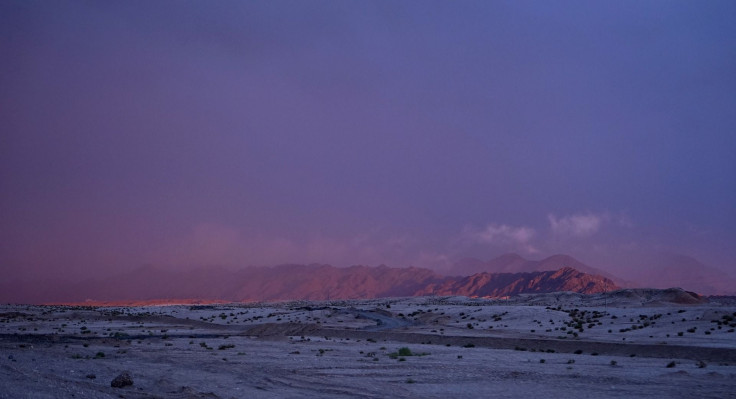China Plans Mars Village To Simulate Life On Alien Planet

China is building a village that will simulate life on Mars, as part of its preparation for a future mission to that planet.
The complex will include a Martian base, a community, a tourism center and other structures, according to Xinhua, China’s state-run news agency. The project looks to mimic the environment on Mars, and is being built in a red rock basin in the northwestern Chinese prefecture Haixi, in the Qinghai province.
It will be almost 3 square miles and cost about $130 million, Xinhua reported. The area where it will be located has been called “the most Martian place on Earth” because of the red rock that covers it.
China is not the first to prepare for a Mars mission in this way, nor is this the first Chinese project that simulates life on another world.
NASA has worked with the University of Hawaii to send several small teams of people into a Mars habitat simulation at the Mauna Loa volcano. In the most recent of those missions, a crew of six went into isolation for eight months — no internet access, with a 20-minute communication delay between themselves and their support staff and an airlock they had to use when venturing outside onto the slopes of the volcano. NASA uses the program for information about how people work together in such an enclosed, isolated environment, with an eye toward learning what astronaut personalities will work well together during real space travel.
China is in the middle of another ground-based space experiment, a simulated moon colony dubbed the “lunar palace,” that has goals similar to NASA’s in the Hawaiian Mars habitat. Student volunteers are taking shifts in the Chinese lunar habitat that will add up to a whole year of moon living. They have to grow their own food, manage their own waste and solve their problems together. The lunar palace includes a small living space and rooms for waste treatment, livestock and plant cultivation.
It is the second such isolation experiment for China.
“The latest test is vital to the future of China’s moon and Mars missions and must be relied upon to guarantee the safety and health of our astronauts,” the Chinese Academy of Sciences’ Liu Zhiheng said when the students first entered the habitat in May.
China has previously announced its goals of visiting the moon and of sending astronauts to Mars in the 2030s.

© Copyright IBTimes 2024. All rights reserved.











